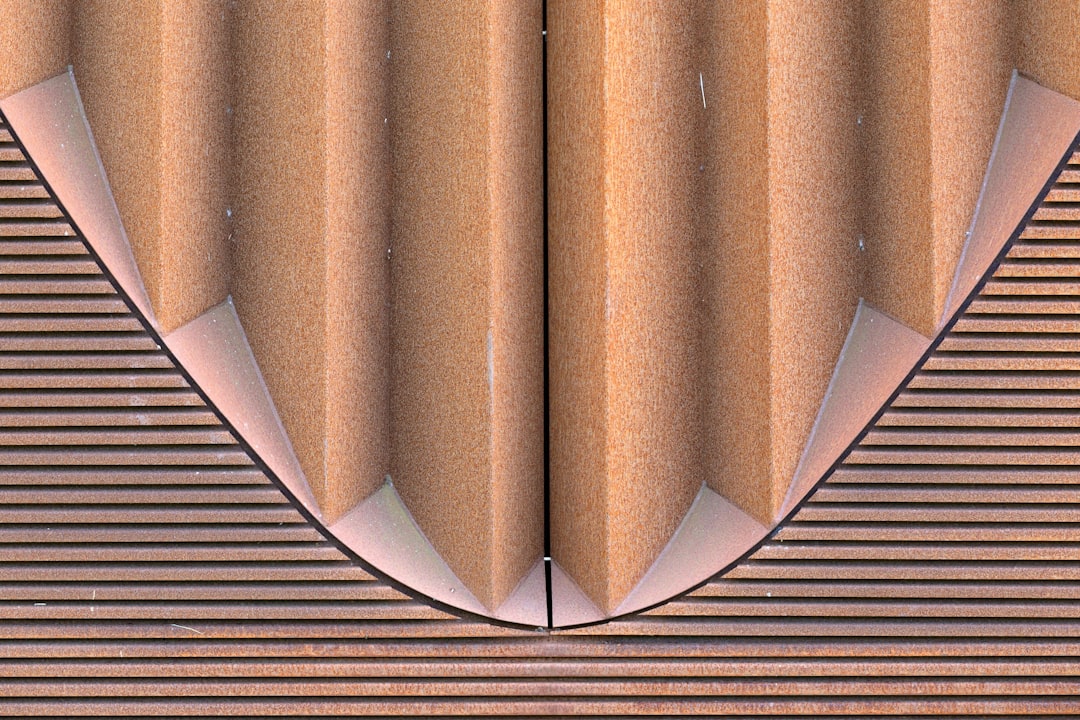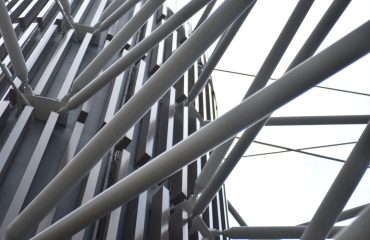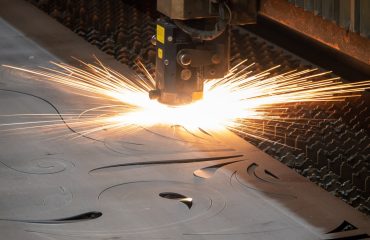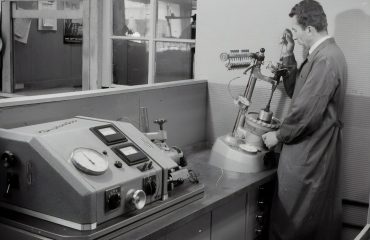Corrosion in pipes is a significant concern across various industries, leading to costly repairs, system failures, and environmental hazards. Protecting your pipeline investment requires a robust and reliable solution. Primer-coated pipes offer precisely that – a superior level of corrosion resistance that extends the lifespan of your infrastructure and minimizes downtime. This comprehensive guide delves into the world of primer-coated pipes, exploring their benefits, application, and selection.
Understanding the Role of Primer Coatings in Corrosion Protection
Primer coatings act as the first line of defense against corrosion. They create a barrier between the pipe’s substrate (usually steel) and the environment, preventing moisture and oxygen from reaching the metal surface. This is crucial because corrosion is an electrochemical process that requires both oxygen and moisture to initiate and progress. The primer’s adhesion to the pipe is paramount; a poorly adhered primer will allow ingress of corrosive agents, negating its protective effect. Different primer types offer varying levels of protection depending on the specific environmental conditions and the type of pipe material.
Types of Primer Coatings for Pipes: A Detailed Overview
Several types of primer coatings are available, each with its own strengths and weaknesses. The choice depends on factors like the pipe material, the corrosive environment, and the budget. Common types include:
- Epoxy Primers: Known for their excellent adhesion, chemical resistance, and durability. They provide a robust barrier against a wide range of corrosive agents and are suitable for both internal and external pipe coating.
- Zinc-Rich Primers: These primers contain a high percentage of zinc, which acts as a sacrificial anode. This means the zinc corrodes preferentially, protecting the underlying steel even if the primer is scratched or damaged. They are particularly effective in aggressive environments.
- Polyurethane Primers: Offering excellent flexibility and impact resistance, polyurethane primers are suitable for applications where the pipe may experience mechanical stress or vibration. They also provide good chemical resistance.
- Acrylic Primers: These primers are typically less expensive than epoxy or polyurethane options but may offer slightly lower chemical resistance. They are often used as a cost-effective solution in less demanding environments.
Application Methods for Achieving Optimal Primer Coverage
Proper application is crucial for the effectiveness of primer coatings. Improper application can lead to pinholes, inconsistencies, and reduced protection. Common application methods include:
- Spray Application: This method offers excellent coverage and efficiency, particularly for large-diameter pipes. Airless spray systems are commonly used to ensure a uniform coating thickness.
- Brush Application: Suitable for smaller pipes or areas that are difficult to reach with spray equipment. Careful application is essential to avoid brush marks and ensure complete coverage.
- Roller Application: Offers a good balance between coverage and ease of application. It is often used for medium-sized pipes and can provide a smooth finish.
Regardless of the chosen method, surface preparation is paramount. The pipe surface must be clean, dry, and free from rust, scale, or other contaminants to ensure optimal adhesion of the primer.
Benefits of Using Primer-Coated Pipes: A Cost-Effective Solution
Investing in primer-coated pipes offers numerous advantages, including:
- Extended Pipe Lifespan: The protective barrier provided by the primer significantly extends the service life of the pipes, reducing the frequency of replacements and associated costs.
- Reduced Maintenance Costs: By preventing corrosion, primer coatings minimize the need for costly repairs and maintenance, saving both time and money.
- Enhanced Safety: Corrosion can weaken pipes, leading to leaks and potential safety hazards. Primer coatings mitigate this risk, ensuring the safe and reliable operation of the pipeline.
- Environmental Protection: Preventing corrosion minimizes the release of harmful substances into the environment, contributing to a more sustainable infrastructure.
- Improved Efficiency: Reduced corrosion means improved flow efficiency in pipelines, leading to lower energy consumption and operational costs.
Choosing the Right Primer-Coated Pipes for Your Specific Needs
Selecting the appropriate primer-coated pipes requires careful consideration of several factors:
- Environmental Conditions: The corrosive nature of the surrounding environment (soil, water, atmosphere) will dictate the type of primer required.
- Pipe Material: The primer must be compatible with the pipe material (usually steel, but can also be other metals or plastics).
- Application Requirements: The size and location of the pipeline will influence the application method and the type of primer that can be effectively applied.
- Budgetary Constraints: Different primer types have varying costs, and selecting the most cost-effective solution without compromising protection is essential.
- Regulatory Compliance: Ensure that the chosen primer-coated pipes meet all relevant industry standards and regulations.
Consulting with experienced pipeline professionals is crucial to ensure the selection of the most suitable primer-coated pipes for your specific application.
By understanding the importance of primer coatings and the various factors involved in their selection and application, you can make informed decisions to protect your infrastructure and ensure its long-term performance. Investing in primer-coated pipes is a strategic move towards a more robust, reliable, and sustainable pipeline system.




